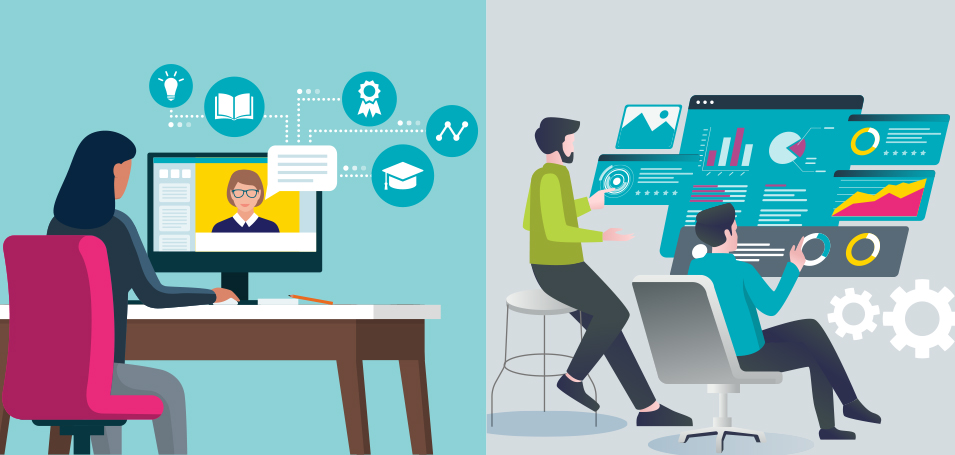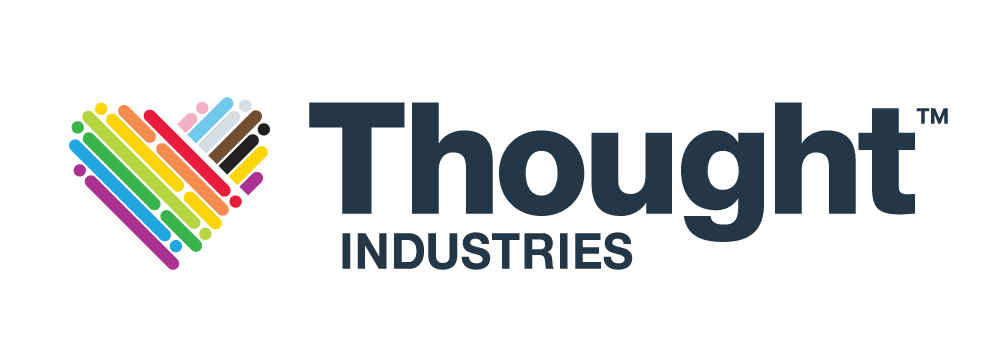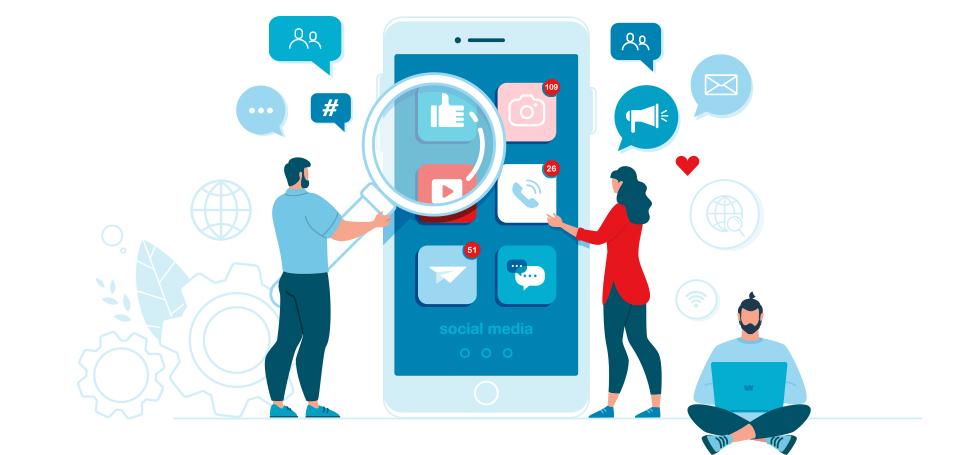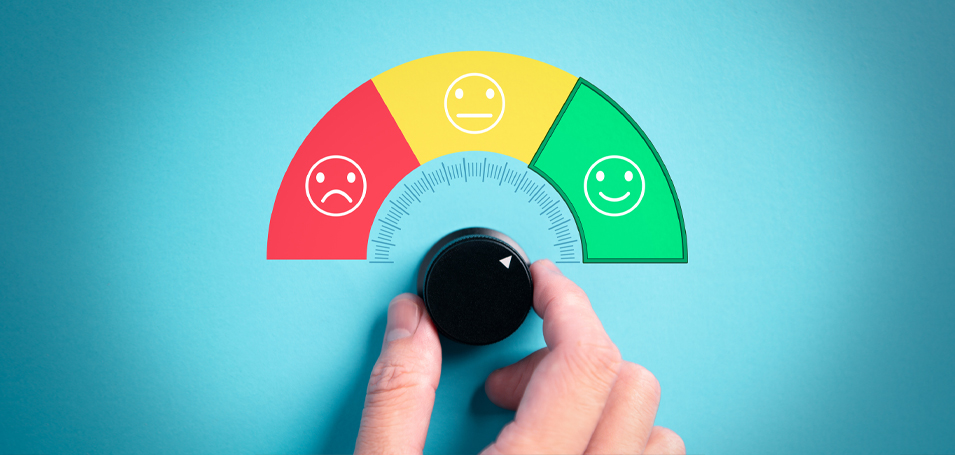Delivering a distinctive learning experience is one of five strategic moves McKinsey Research cites as a way to capture opportunity in digital education. Today, achieving an engaging learner experience is just getting to zero, and learners need a reason to stick around. Diversifying learning content types is a critical piece of the puzzle. Offering both live and on-demand options that suit different schedules and learning preferences.
While asynchronous and semi-asynchronous options allow learners to check in on their own terms, synchronous education is also essential, as it includes that all-important human interaction. In an instructor-led setting, learners are empowered to ask questions in real-time, and engage with peers. Both types of content are critical and show different returns. You’ll likely find that asynchronous learning delivers big efficiency gains for your internal teams, reducing the repetitive onboarding sessions, while synchronous learning translates to high value for the learner where necessary. Keep reading for more details on how to structure your learning experience to boost customer engagement.

How to Build Diverse Learning with Asynchronous Experiences
Asynchronous learning experiences happen at your learners’ schedules and convenience. However, not all asynchronous learning is the same. Examples include:
Courses
A strong LMS allows you to build a diverse learning catalog that can be accessed on any device. Providing an easy entry point to learning, from desktop to mobile or in-product interfaces, streamlines the overall learning experience. This content needs to be quick to create and adapt, so you’ll want to build with a flexible taxonomy, use native, browser-based authoring tools, and leverage a digital asset library to stay on top of all of your content.
As learners engage with these on-demand courses on their own, it can boost engagement to include rich social learning features. Try to go beyond a simple “like and share” widget to support learners in feeling part of a community.
Microlearning
Bite-sized content has been shown to improve both engagement and outcomes. A micro strategy is great for repurposing content for social media, email marketing, or chunking together to create longer-form courses.
Make sure that your LMS allows for optimized navigation between micro-learnings, multiple options for learning interaction, and that the content itself is simple to build and manage. You’d be surprised how effective small additions such as a “time to complete” display can be for the learner!
Supplementary content
What happens once a course is over, or before it’s even begun? Articles and videos are a great way to support learning outside of a formal course or learning path. This kind of single use content can include anything from your website’s knowledge base, to blog articles and case studies.
Your LMS should support this extra content with ease, providing flexible formatting options, closed captioning for video content, social interaction, and bookmarks and printing capabilities so that users can read at their own pace.
Adding Synchronous Learning to the Mix
Asynchronous learning gives your end-users a lot of freedom for when they engage, but synchronous options are key as well. To support real-time learning, your business may need to lean into both in-person instructor-led training, and virtual instructor-led training (VILT).
Instructor-led Training
Instructor-led training gets your learners into a physical classroom, workshop or roundtable, and often means becoming hands-on with your training. These small classes offer an intimate opportunity for attendees to ask questions and get one-on-one support. They’re often essential in order to become certified in complex products or use cases.
You might think your in-person training sessions have little to do with your LMS, but think again. A robust LMS streamlines the process of designing and managing in-person events, scaling training accurately, managing the registration and monetization, and deploying pre- and post-event learning. Throughout the event itself you can easily track attendance and report on progress. This birds’-eye view helps support the team in getting buy-in for future events by showing the impact and ROI.
Virtual Instructor-led Training
Spoiler alert: virtual training events were never just a COVID-19 thing. For many learners, VILT brings together the best of both worlds, offering an easy-to-access training event with an expert right there to answer questions on the fly.
Your LMS should be able to integrate easily with any virtual training and webinar tools. You’ll need it to handle scheduling, attendance, and reporting, and simplify any pre- or post-training learning content — from distribution to assessments and beyond.
Why a Blended Learning Experience is Key
Relying on ILT or VILT alone means that learners need to be able to log on or show up where you are, and attracts the kind of people who want to learn in real-time, and with a group. In contrast, if you only produce on-demand content, you’re going to limit your reach to just that self-motivated group.
A blend of in-person and on-demand content is the key to an engaging and motivating learning experience. It offers a catalog of learning that users can access at any time, provides different modalities for various learning preferences (or just the mood of the learner at that time!), and gives your business the ability to customize and curate content for all of your learner profiles.
With an LMS that supports blended learning, you can build linear or adaptive learning journeys directly from your browser. And, you can manage anything from blog articles and micro-learning to in-person training and certifications.
Successfully Diversifying Content is All About Your LMS
Your ability to diversify hinges on your LMS — it is the ceiling that will dictate what you can achieve in terms of content curation. Choose a platform with robust features and functionality, one that can support any range of both asynchronous and synchronous experiences, and you can reach your learners no matter where they are.
Piqued your interest? Schedule a demo and see how it works.




